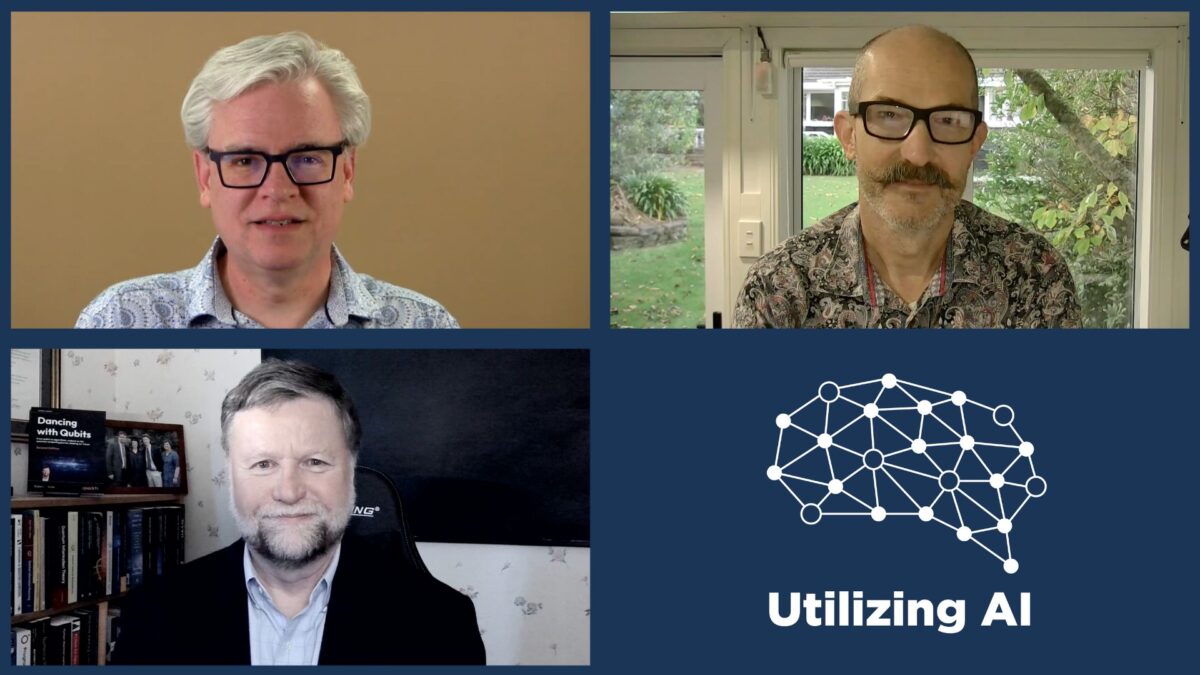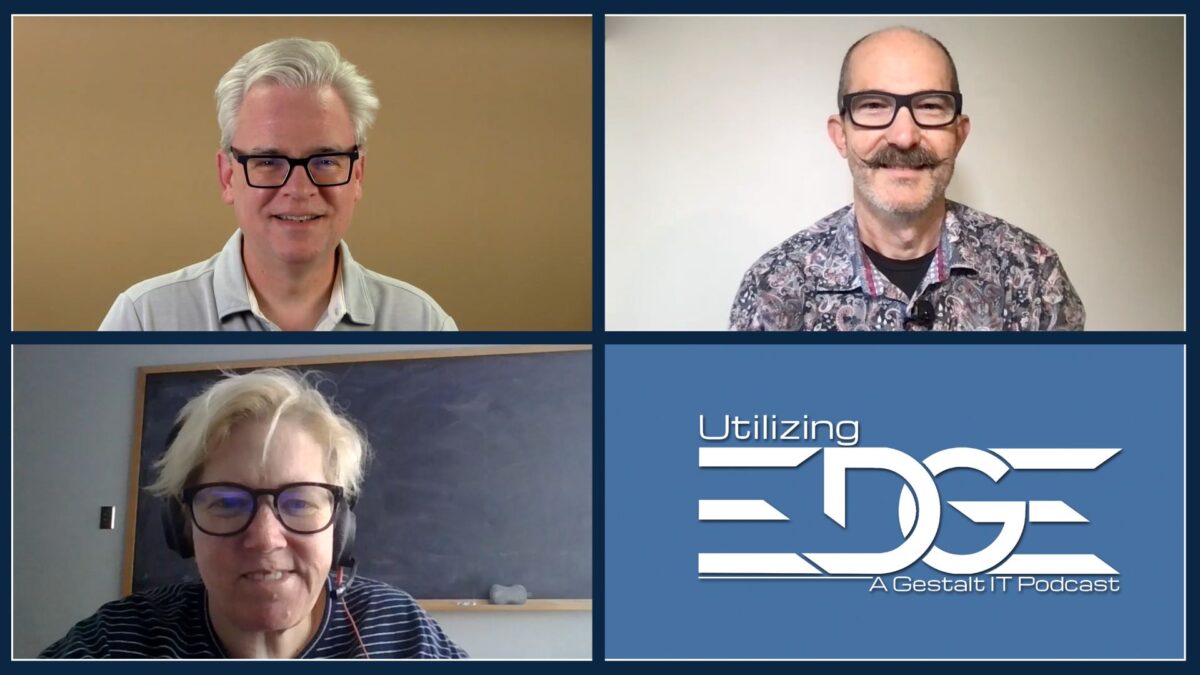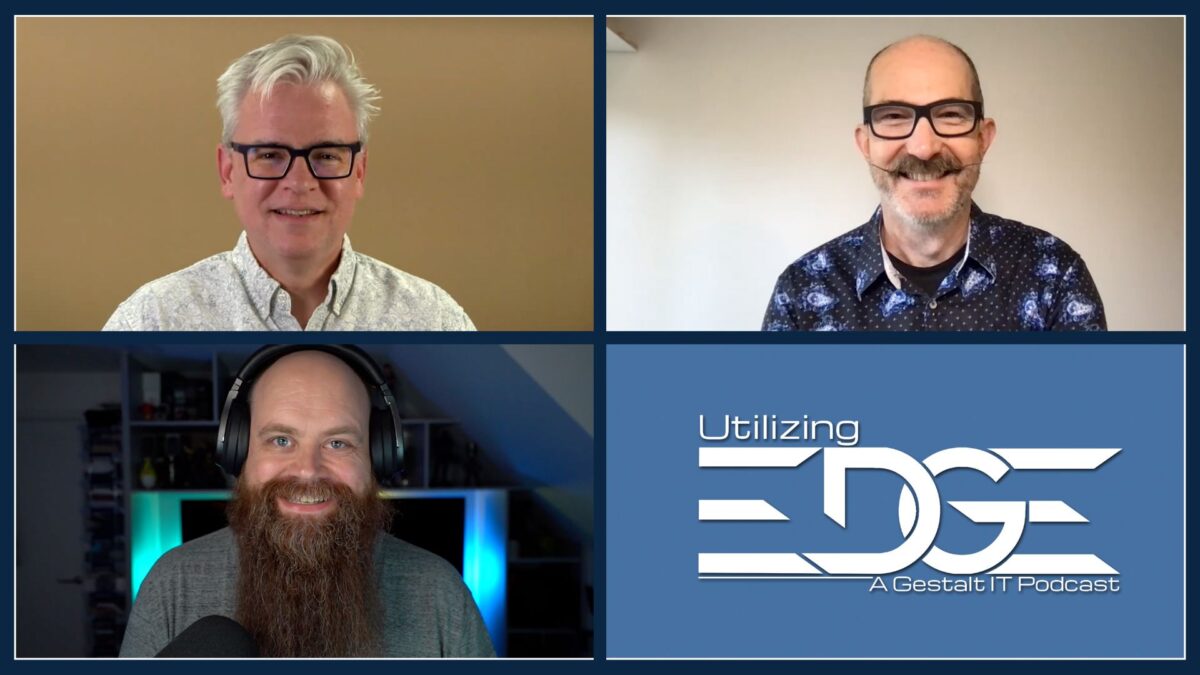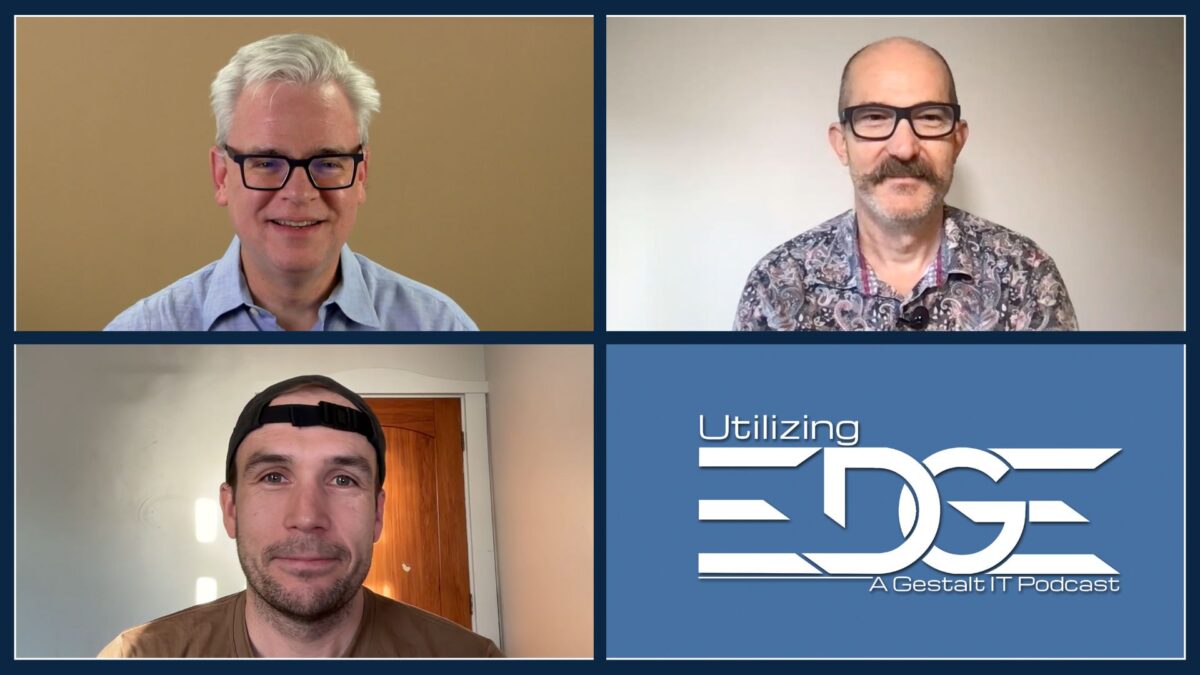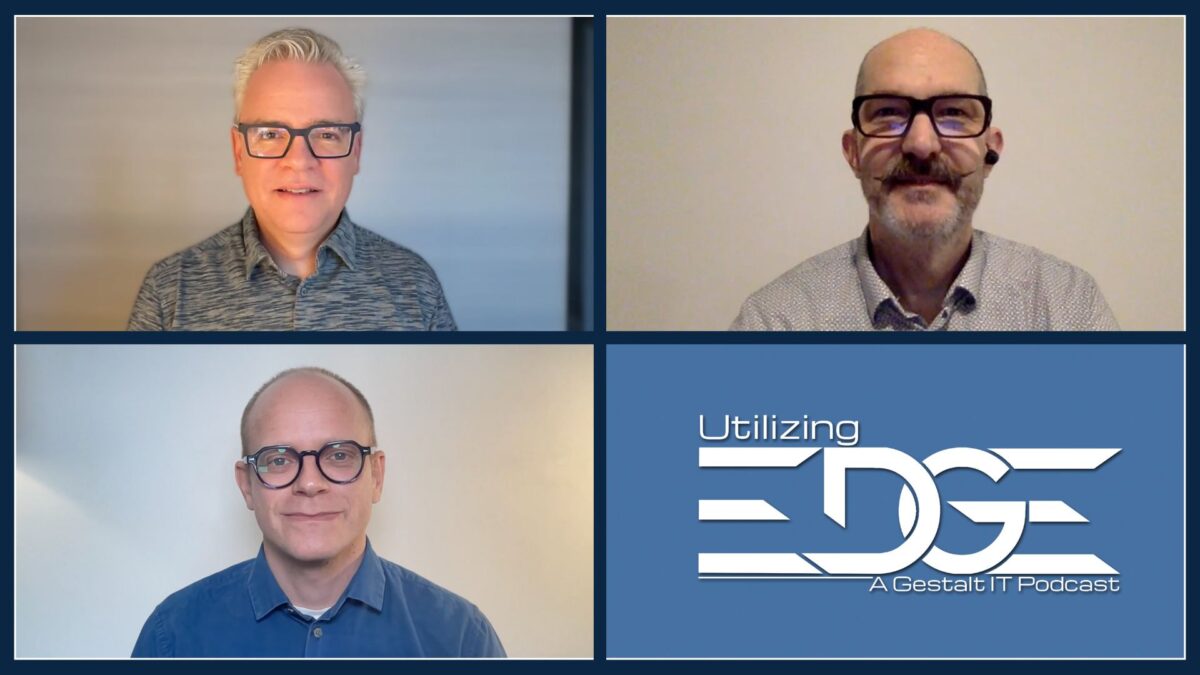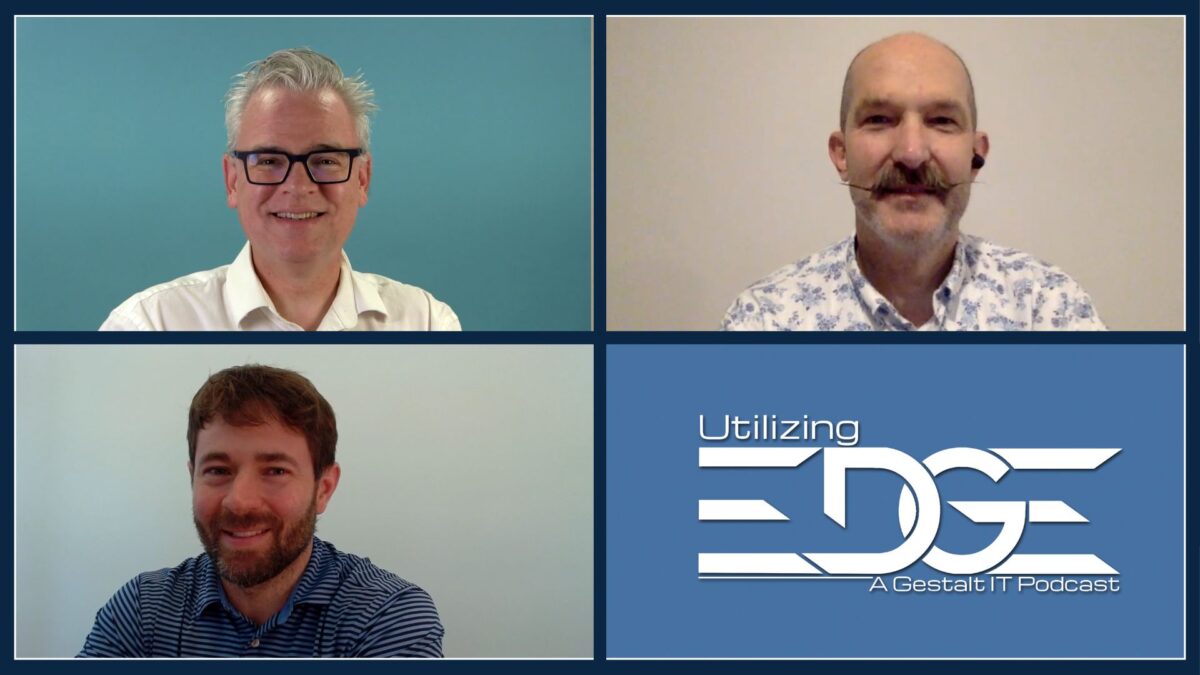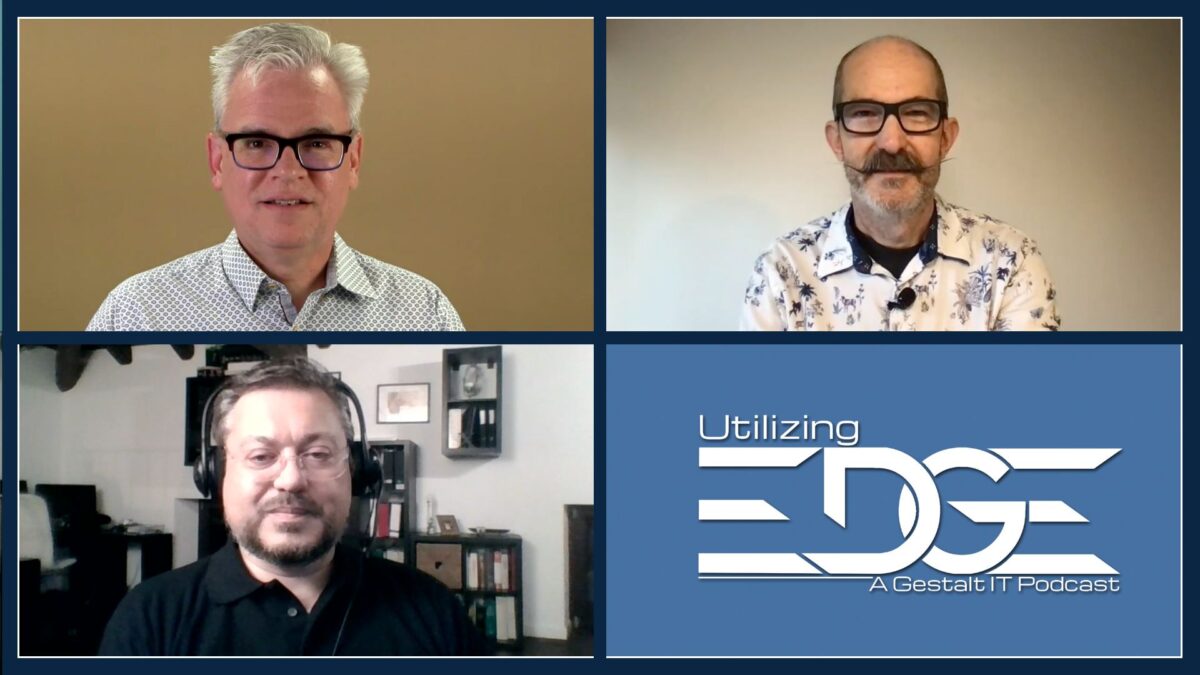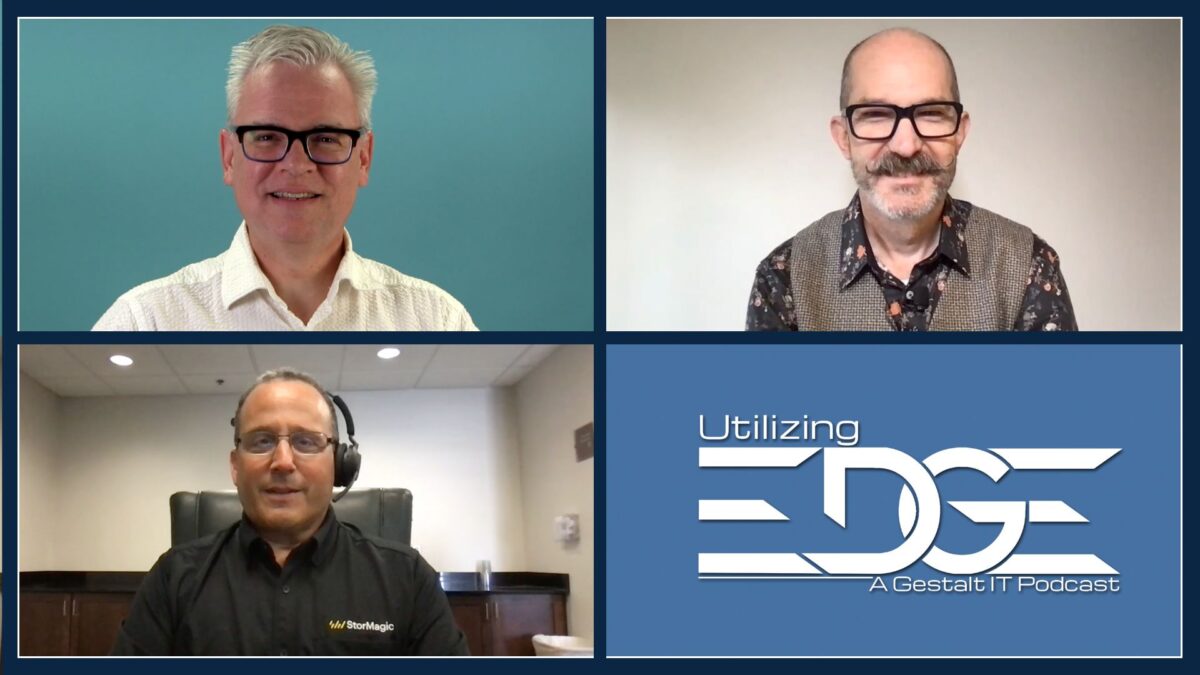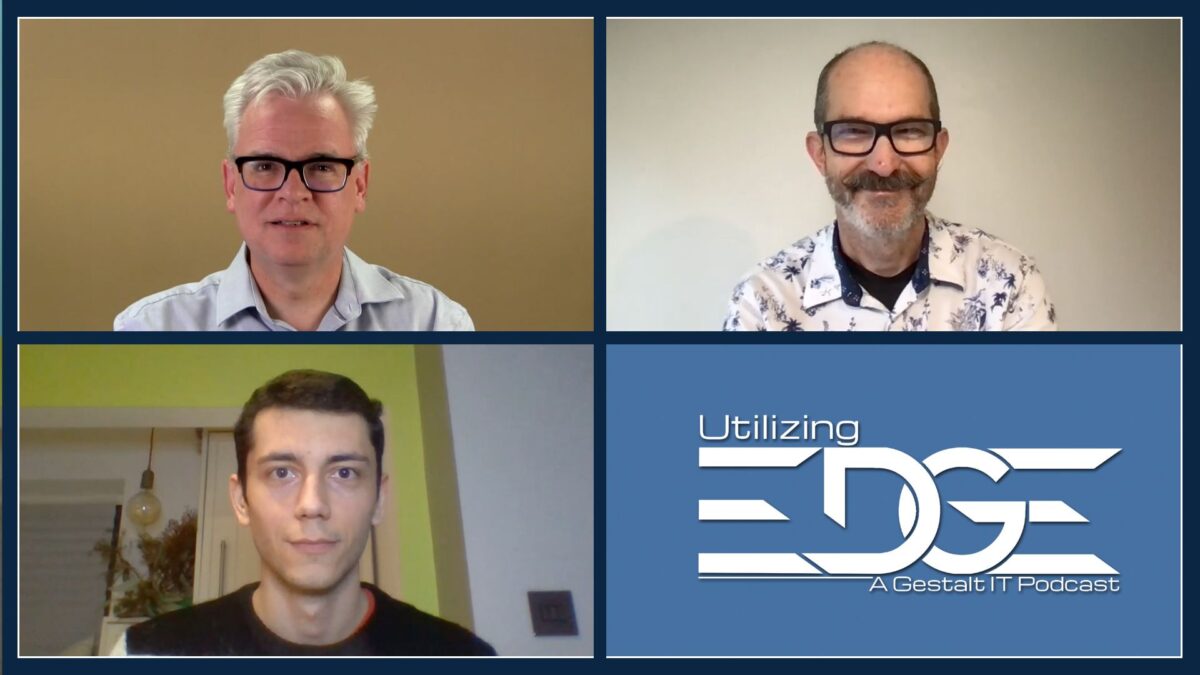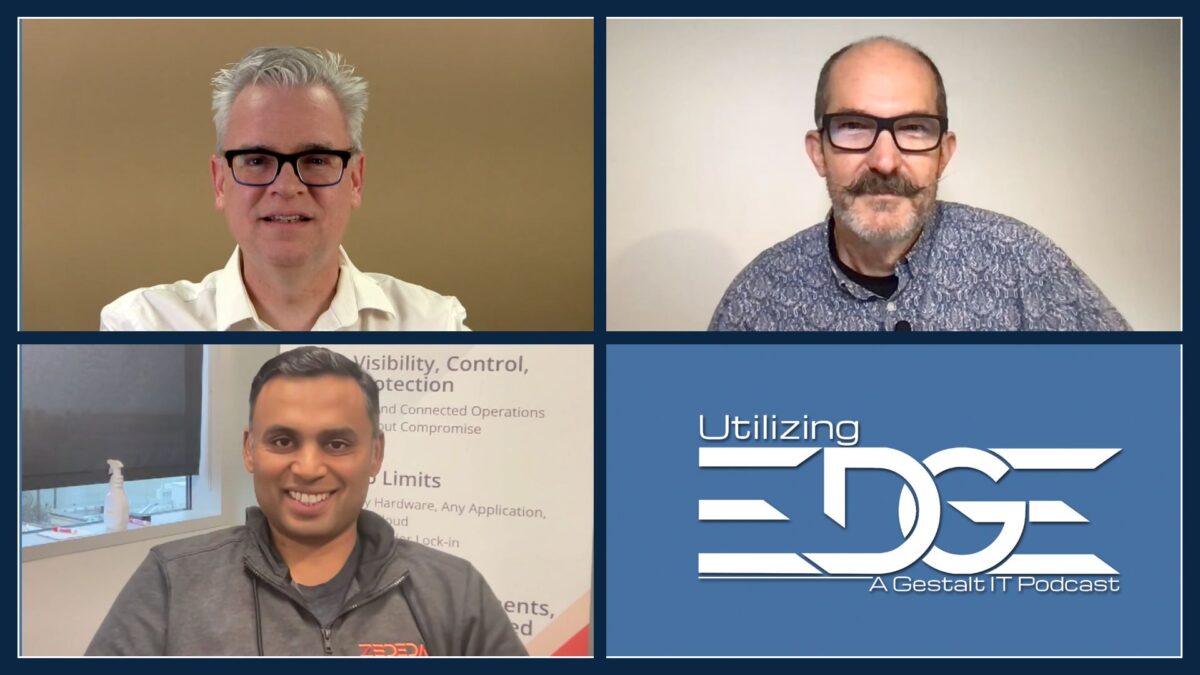Edge is leading the hardware industry into a new era of innovation. In this episode of Utilizing Tech, Stephen Foskett, and co-hosts, Allyson Klein and Alistair Cooke, sit down to dissect this. In the wake of Intel’s discontinuation of its NUC product line, a question that is in everyone’s mind is, what’s next. Intel, and many behemoths like it, have a proud legacy of knowing how to break a stalemate and preserve the churn, and even if that means stepping up and pulling the plug on an old product. It oxygenates the marketplace, welcoming new solutions and keeping the wheel of innovation moving. In the context of the emerging paradigm of edge, this change will likely propel the market towards a new breed of powerful, low-cost, pocket-size hardware that delivers breakthrough energy-efficiency and compute performance with little infrastructure.
